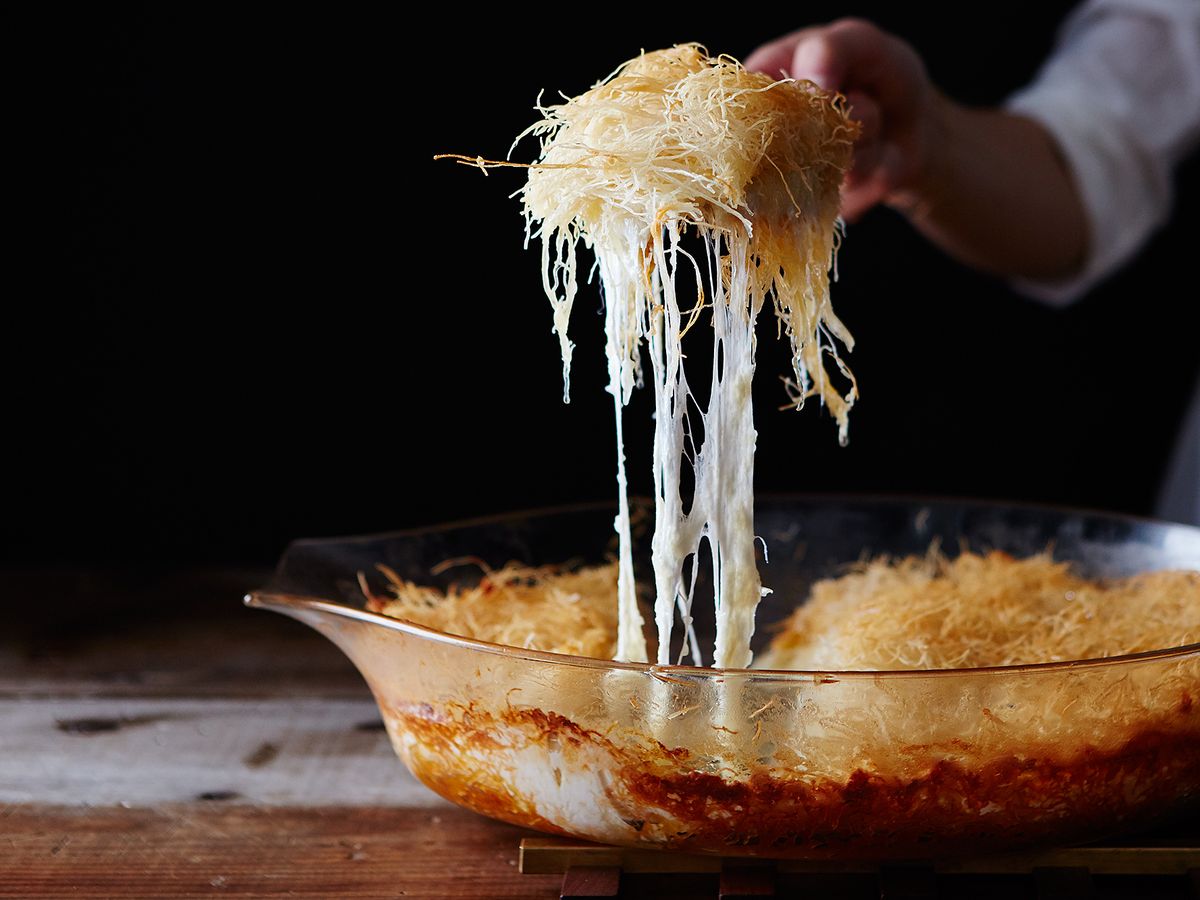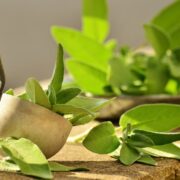Knafeh: The Sweet, Cheesy Delight of the Arab World

Knafeh: The Sweet, Cheesy Delight of the Arab World
Among the most iconic desserts in Middle Eastern cuisine, Knafeh (also spelled Kunafa, Kanafeh, or Konafa depending on the region) holds a special place in the hearts—and palates—of those who try it. With its gooey, cheesy center, crispy golden crust, and fragrant syrup infused with rose or orange blossom water, Knafeh is more than just a sweet treat—it’s an experience.
🥄 Origins and History of Knafeh
Knafeh’s origins date back centuries and are the subject of friendly dispute among several Arab countries. Some sources trace it to Nablus, in Palestine, as early as the 10th century, where the famous Knafeh Nabulsieh is still considered the most authentic. Others attribute its roots to Syria, Lebanon, or Egypt. Regardless of its birthplace, Knafeh is deeply embedded in the Levantine culinary tradition.
Historically, Knafeh was prepared especially during Ramadan, served at sunset to break the fast with something rich and sweet. Today, it’s enjoyed year-round throughout the Arab world and beyond, symbolizing joy and togetherness.
🍽️ How Knafeh Is Made
The preparation of Knafeh varies slightly by country, but its core ingredients remain the same:
- Kataifi pastry: fine, shredded phyllo dough that crisps up beautifully when baked.
- White cheese: such as akkawi, mozzarella, or nabulsi—mild and stretchy when melted.
- Butter or ghee: used to coat the pastry and give it that golden finish.
- Sugar syrup: made with sugar, water, and lemon juice, often flavored with rose water or orange blossom water.
- Crushed pistachios or almonds (optional): for garnish.
Basic Preparation:
- The kataifi pastry is shredded, buttered, and spread into a pan.
- A layer of cheese is added, followed by more pastry on top.
- The dish is baked or cooked on the stove until golden.
- It’s immediately soaked with the warm syrup.
- Served hot—so the cheese is still perfectly melted and stretchy.
✨ Fun Facts About Knafeh
- In Nablus, Knafeh is so beloved it’s sold on nearly every street corner. Their most famous version, Knafeh Nabulsieh, uses nabulsi cheese and is often tinted orange with saffron or food coloring.
- Modern twists include Knafeh with Nutella, pistachio cream, or ricotta, especially in Turkey and Gulf countries.
- In some variations, the shredded pastry is replaced with a semolina dough, resulting in a softer, cake-like version.
- In Jordan and Palestine, Knafeh is traditionally made to celebrate weddings, new births, or simply to welcome guests.
❤️ A Symbol of Sweetness and Tradition
Knafeh is more than just dessert—it’s a symbol of heritage, family, and celebration. Every bite tells a story from the streets of the Levant to generations of home kitchens. If you ever get the chance, try it fresh and hot—ideally in a bustling market in Amman, Beirut, or Jerusalem.


